
Can you get there on foot?
Real estate shoppers and residents looking for relief from long commutes drive the demand for walkable neighborhoods. Many other people simply have an old-fashioned desire to walk to work, schools, shops, restaurants, clubs and parks.
Walk Score, by Redfin, measures the walkability of any address as well as 2,800 cities and about 10,000 neighborhoods in the United States and Canada.
Here’s how it works:
“For each address, Walk Score analyzes hundreds of walking routes to nearby amenities. Points are awarded based on the distance to amenities in each category.”
A city with a high walk score has more neighborhoods with amenities within walking distance.
Cities have many reasons to work at improving their Walk Scores. Walkability affects residents’ health. More walkable neighborhoods have higher rates of physical activity and less obesity and air pollution from traffic, researchers say.
These are America’s most-walkable cities, along with the population and Walk Score for each.
10. Long Beach, California
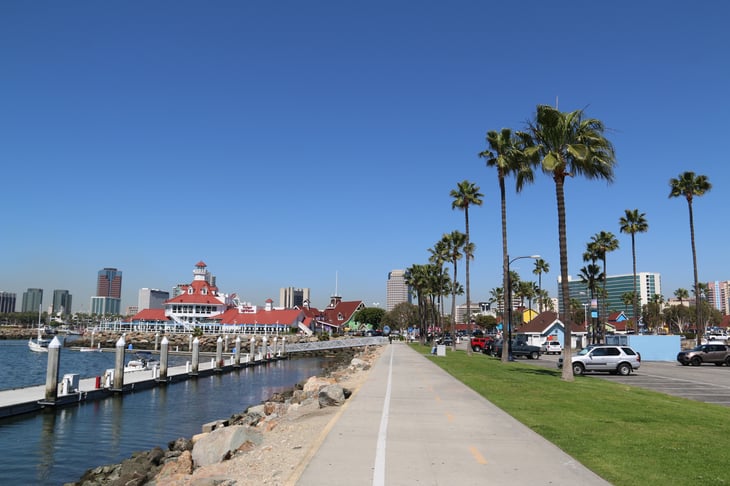
Walk Score: 72.4
Population: 462,257
Long Beach has held the No. 10 spot in this ranking since 2016, when it pushed Baltimore out of the top 10.
Just don’t expect to find cheap housing in Long Beach: We recently cited it — and several other cities in this ranking — in “24 Cities Where You Must Work Overtime Just to Pay the Rent.”
9. Oakland, California
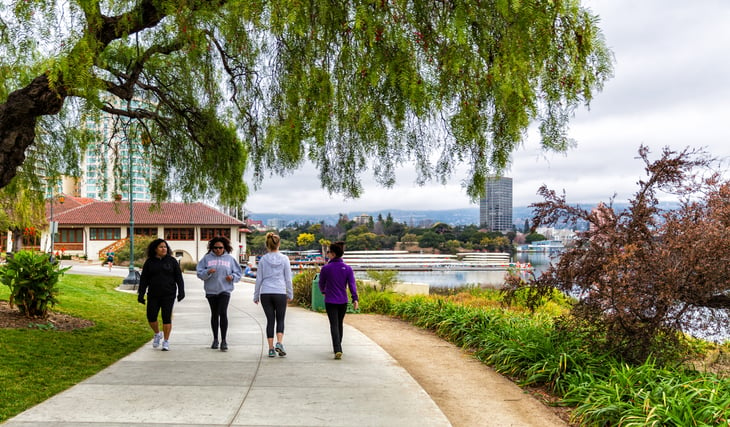
Walk Score: 73.8
Population: 390,724
Oakland’s walkability is great. And it’s improving.
Oakland, along with Long Beach, California, is one of the cities on this list whose score has improved by roughly two points since 2017.
8. Seattle
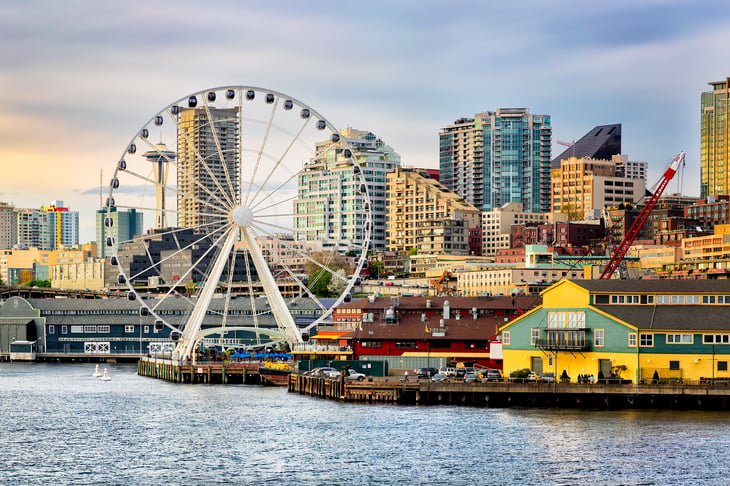
Walk Score: 74
Population: 608,660
Seattle has a historically strong commitment to walking trails.
The city’s nearly 19-mile Burke Gilman Trail spans a long stretch of former railroad track that embraces Lake Washington, Lake Union and Puget Sound.
Walkers, runners and bicycle riders use it to recreate and to commute to work and to the University of Washington.
7. Washington, D.C.
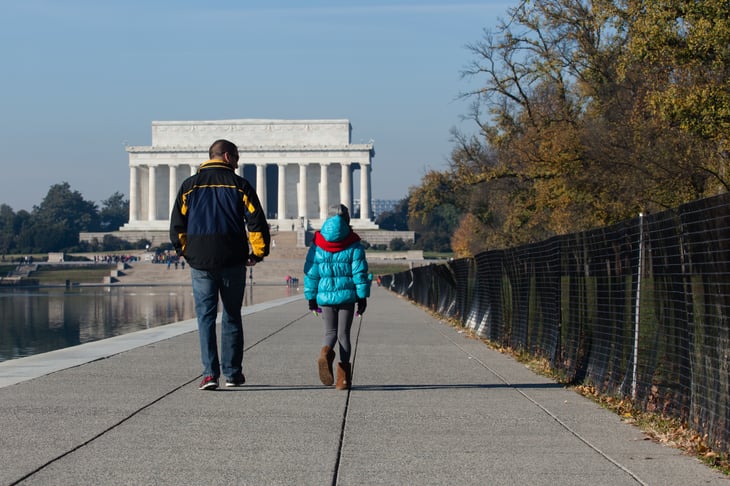
Walk Score: 75.9
Population: 601,723
Nearly 20% of the District of Columbia is dedicated to public parks, Walk Score says, adding that the total doesn’t include the “spectacular array of museums” in the area. All of that invites plenty of opportunities to walk.
It is expensive to live there, however. It takes the combined wages of two working adults earning at least $18.11 per hour each to support two children at what is considered a living wage, according to “How Much Is Really a ‘Living Wage’ in Every State?
6. Chicago
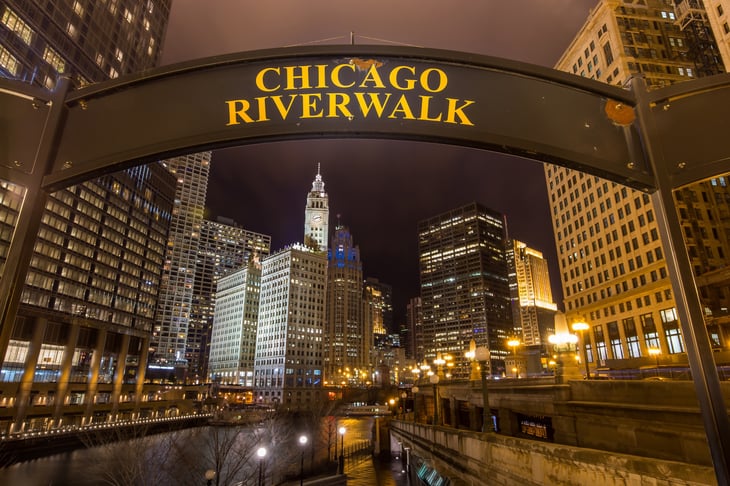
Walk Score: 77.4
Population: 2,695,598
Chicago earns its high-walkability score from a pedestrian-friendly downtown and numerous walkable neighborhoods that are linked by public transportation, including the “L” and Metra Rail systems.
5. Miami

Walk Score: 77.6
Population: 399,457
You may know Miami for its nightlife, its beaches and luxury hotels. You’ve probably heard of the city’s Little Havana and the Miami Heat basketball team.
What you may not realize is that Miami is a walker’s and bicycler’s paradise. Each month, the city closes major roads to cars for a time so walkers and bikers can enjoy freedom of movement.
4. Philadelphia
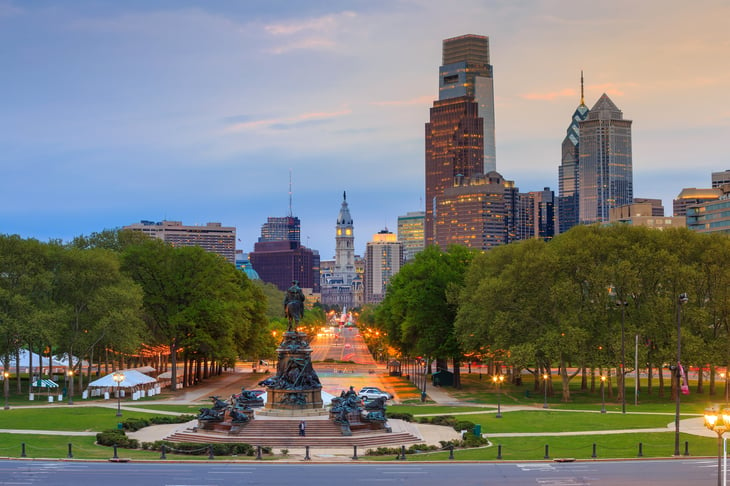
Walk Score: 78.8
Population: 1,526,006
Plan Philly, a publication of WHYY/NewsWorks, quotes walkability guru Jeff Speck (author of “Walkable City“) regarding the City of Brotherly Love: “With rare exceptions, every transit trip begins and ends with a walk.”
While the weather outside may be warm or cold, wet or dry, those who live in Philly are able to accomplish many errands on foot. As Walk Score says:
“Getting around Philly without a car is quite easy – which is good because car owners will find parking a real challenge in most of the city.”
3. Boston
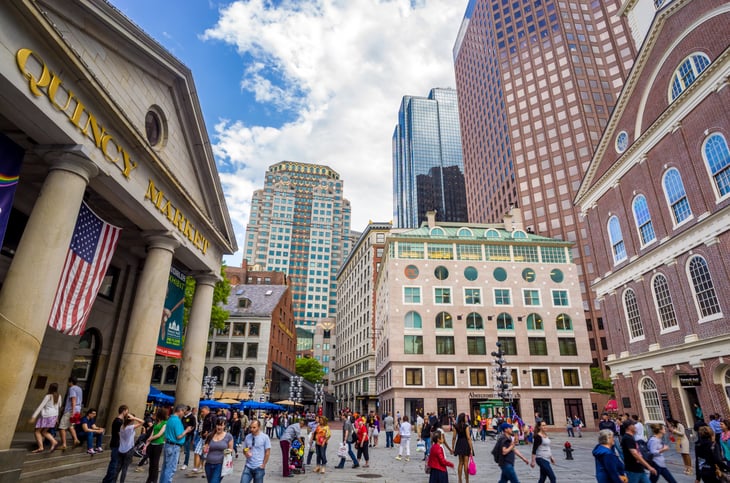
Walk Score: 82
Population: 617,594
Walk Score calls Boston “a pedestrian’s perfect city.”
One reason why is that well-preserved historic city centers like Boston’s benefit from having been built at a time when people got around mostly on foot.
2. San Francisco
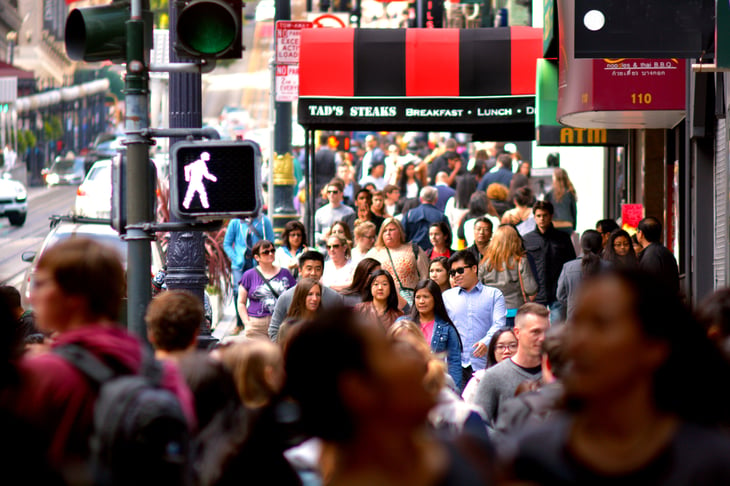
Walk Score: 87.4
Population: 805,235
San Francisco is another walker’s paradise. Yes, the hills can be intense, but they take you from one intriguing neighborhood to the next, offering a chance to explore parks and green spaces along the way.
Who needs a car in the second most-walkable city in the U.S.?
1. New York CIty

Walk Score: 88.3
Population: 8,175,133
When you think of New York City, it’s likely you picture people walking. The combination of dense urban amenities and excellent public transportation makes walking everywhere easy, especially for the lucky residents of Manhattan.
Walk Score ranks New York’s neighborhoods, too. It gives the Bowery, Little Italy, the Flatiron District, Chinatown and NoLita perfect scores — 100 points out of a possible 100 for walkability.





Add a Comment
Our Policy: We welcome relevant and respectful comments in order to foster healthy and informative discussions. All other comments may be removed. Comments with links are automatically held for moderation.